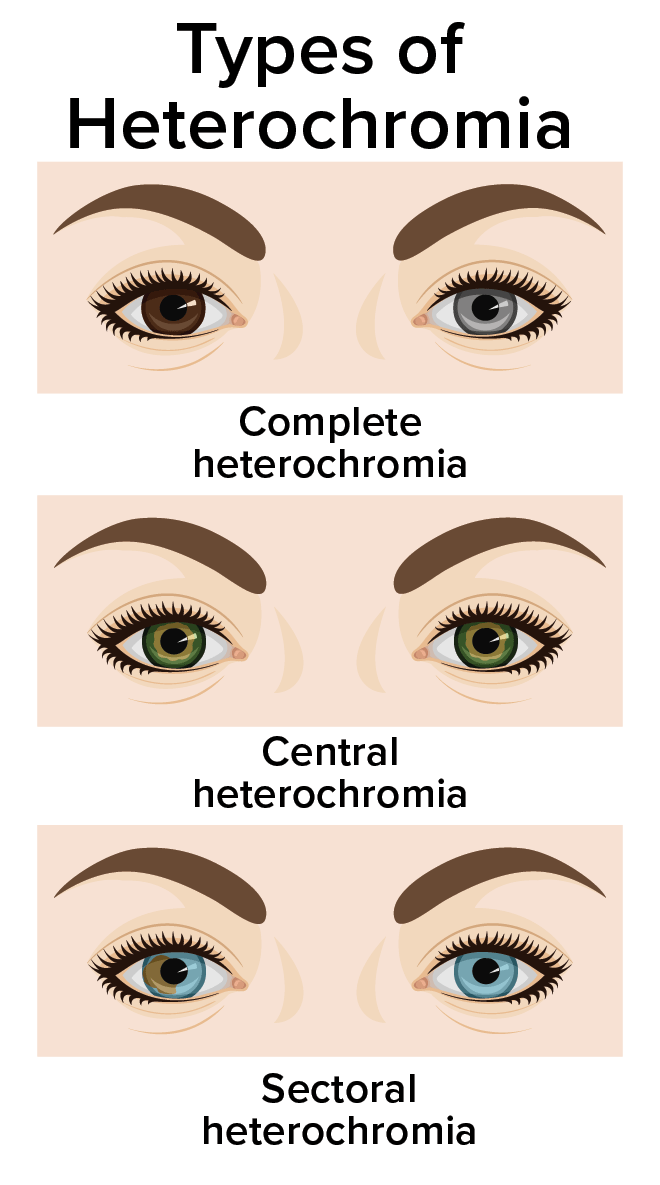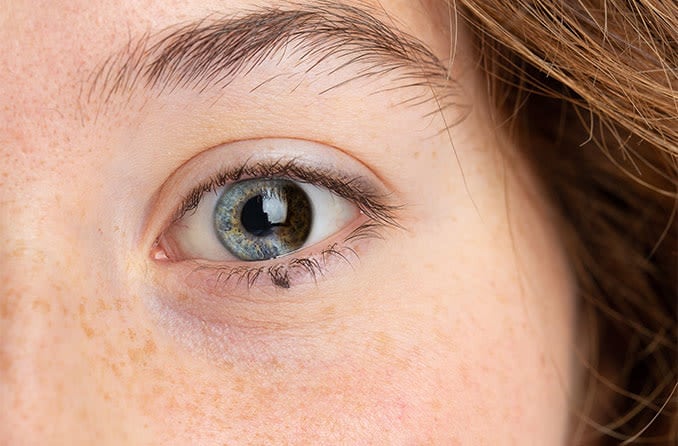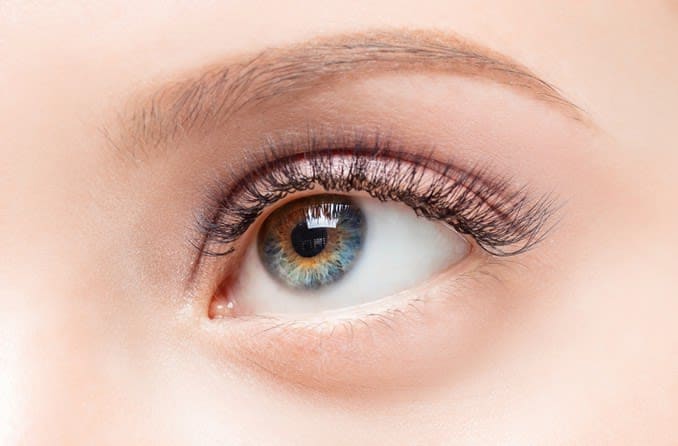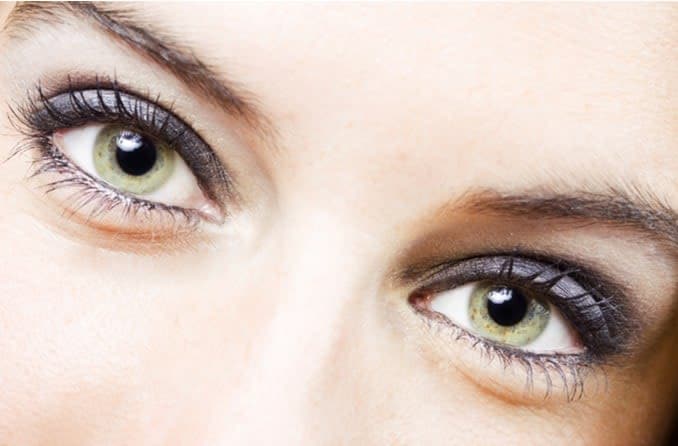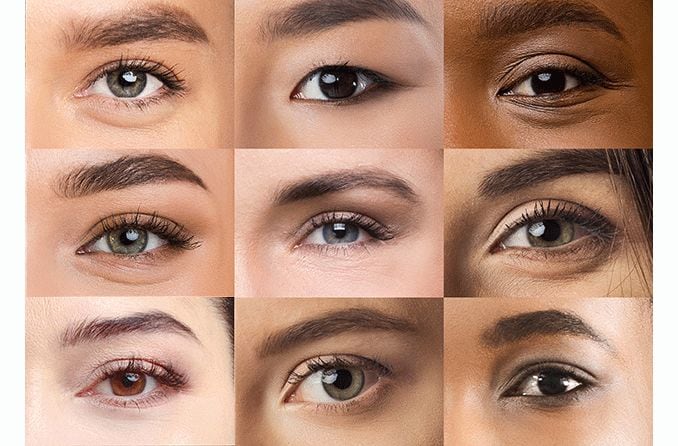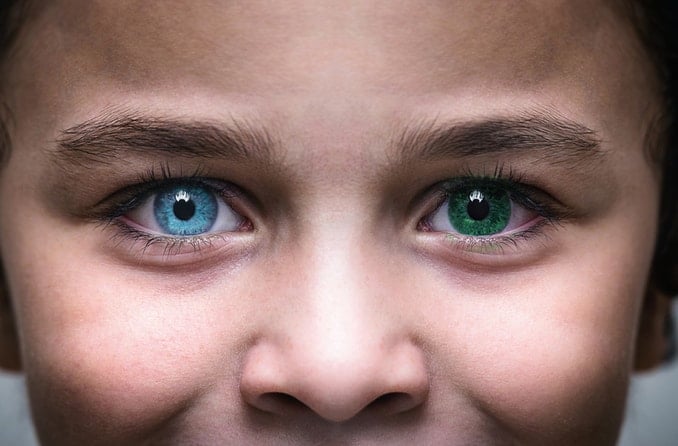What is heterochromia?
Heterochromia is when someone has more than one eye color. In many cases, this means each eye is a different color. For example, one eye is brown and the other eye is green. It can also mean there are at least two different colors in parts of one eye or both eyes.
If you’ve ever asked, “What is it called when you have different-colored eyes?,” the answer is heterochromia.
Heterochromia is a rare condition that affects the iris, the colored part of the eye. A pigment within the iris called melanin gives eyes their distinct color.
SEE RELATED: The mystery surrounding hazel eyes

